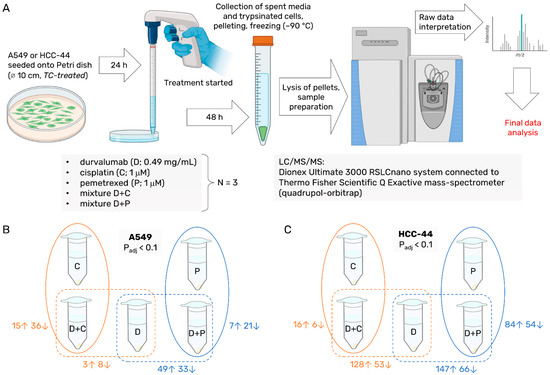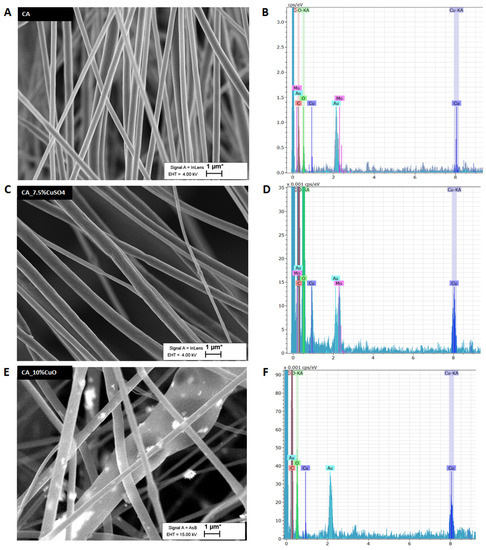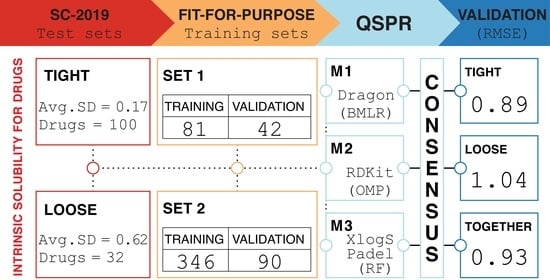Advanced Pharmaceutical Science and Technology in Estonia
A topical collection in Pharmaceutics (ISSN 1999-4923). This collection belongs to the section "Physical Pharmacy and Formulation".
Submission Status: Closed | Viewed by 13417Editors
Interests: electrospinning; nanofibers/microfibers; antibacterial and antimicrobial drugs; delivery systems; wound healing; wound infection; action mechanisms; in vitro/in vivo infection models; solid state characterization; process analytical technology
Special Issues, Collections and Topics in MDPI journals
Topical Collection Information
Dear colleague,
Estonian researchers of different backgrounds (pharmacists, pharmacologists, gene technologists, physicist, chemists, material scientists, etc.) are conducting research in the field of pharmaceutical sciences and technology. Hence, several researchers in Estonia are the leaders of their field and continue to have an enormous impact on the development of pharmaceutical research globally. Several success stories in academia as well as in industry can be presented. For example, recent notable progress has been made on the development of novel drugs for the treatment of COVID-19 in Estonia. Furthermore, pharmaceutical applications of nanomaterials and nanotechnology have enabled the delivery of macromolecules, including RNA, DNA, proteins, and peptides (e.g., cell-penetrating peptides and tumor-penetrating peptides) as well as small-molecule drugs.
This topical collection will highlight the research in pharmaceutical sciences and technology currently ongoing in Estonia, both within academic and industrial institutions, in areas including but not limited to drug discovery and development, drug delivery, pharmacokinetics, drug metabolism and drug transport, physical pharmacy, pharmacogenomics and personalized medicine, pharmacy practice research, pharmacoepidemiology, and pharmaceutical natural products.
This will be achieved by presenting a topical collection of research papers and review articles covering the recent progress and achievements in high-end pharmaceutical science.
Dr. Karin Kogermann
Dr. Jana Lass
Collection Editors
Manuscript Submission Information
Manuscripts should be submitted online at www.mdpi.com by registering and logging in to this website. Once you are registered, click here to go to the submission form. Manuscripts can be submitted until the deadline. All submissions that pass pre-check are peer-reviewed. Accepted papers will be published continuously in the journal (as soon as accepted) and will be listed together on the collection website. Research articles, review articles as well as short communications are invited. For planned papers, a title and short abstract (about 250 words) can be sent to the Editorial Office for assessment.
Submitted manuscripts should not have been published previously, nor be under consideration for publication elsewhere (except conference proceedings papers). All manuscripts are thoroughly refereed through a single-blind peer-review process. A guide for authors and other relevant information for submission of manuscripts is available on the Instructions for Authors page. Pharmaceutics is an international peer-reviewed open access monthly journal published by MDPI.
Please visit the Instructions for Authors page before submitting a manuscript. The Article Processing Charge (APC) for publication in this open access journal is 2900 CHF (Swiss Francs). Submitted papers should be well formatted and use good English. Authors may use MDPI's English editing service prior to publication or during author revisions.
Keywords
- drug discovery and development
- drug delivery
- drug metabolism and drug transport
- formulation design
- manufacturing science
- biotechnology
- physical pharmacy
- pharmacokinetics
- pharmacogenomics and personalized medicine
- pharmacy practice research
- pharmacoepidemiology and pharmaceutical natural products
Related Special Issue
- Advanced Pharmaceutical Science and Technology in Pharmaceutics (3 articles)










